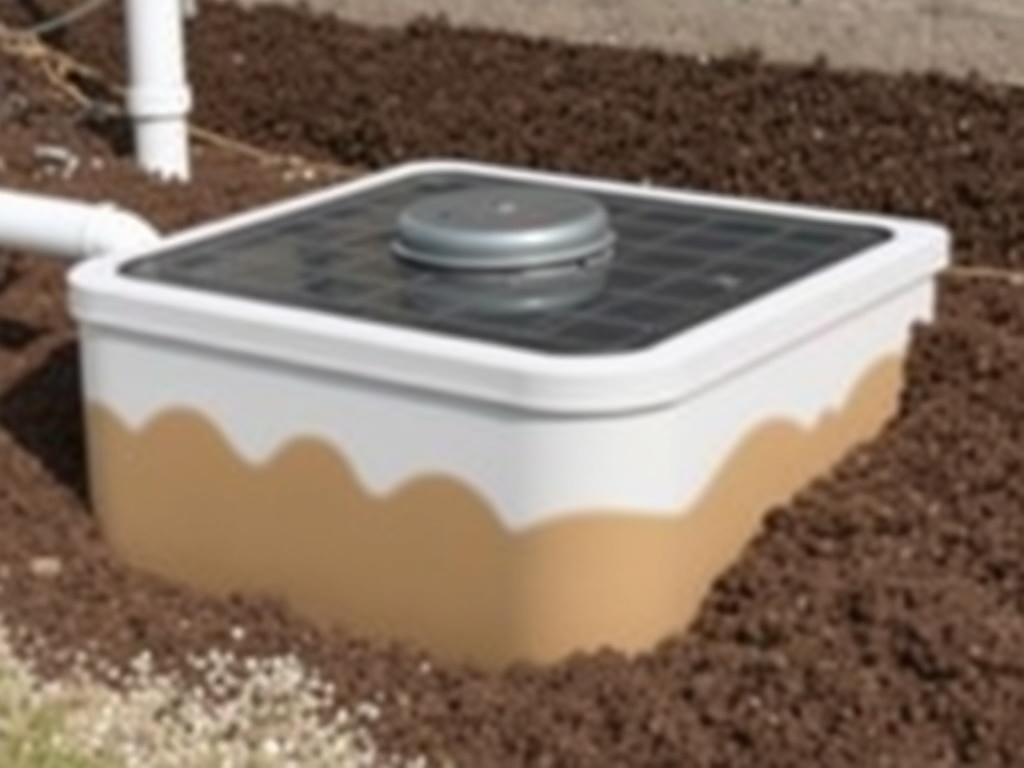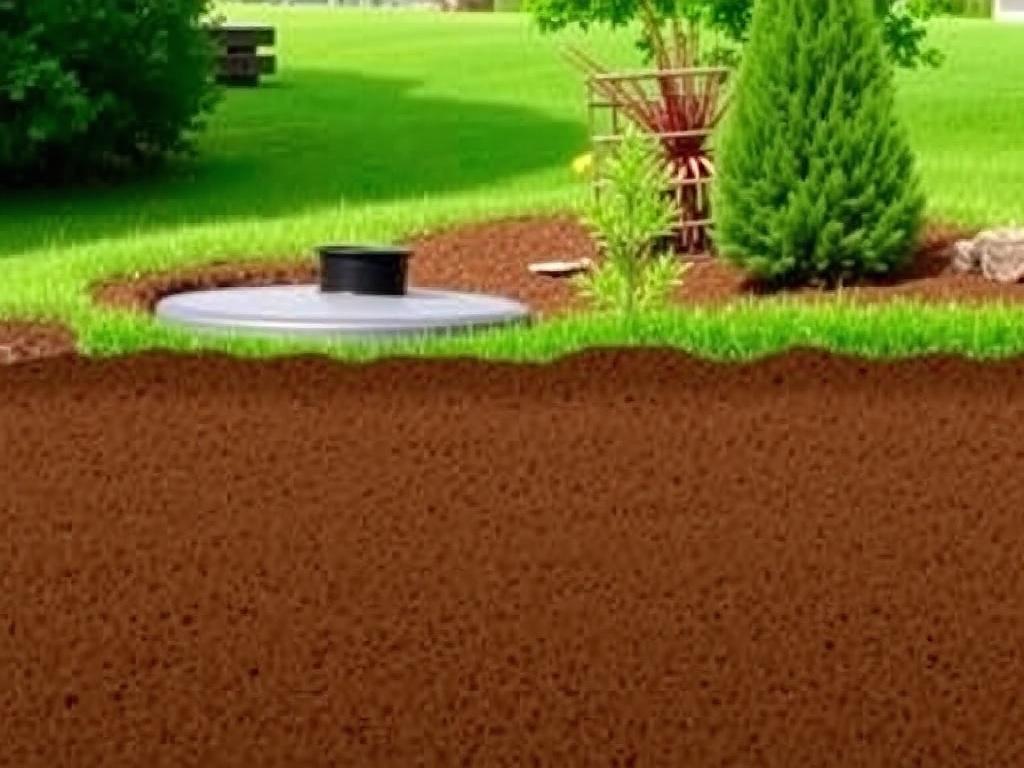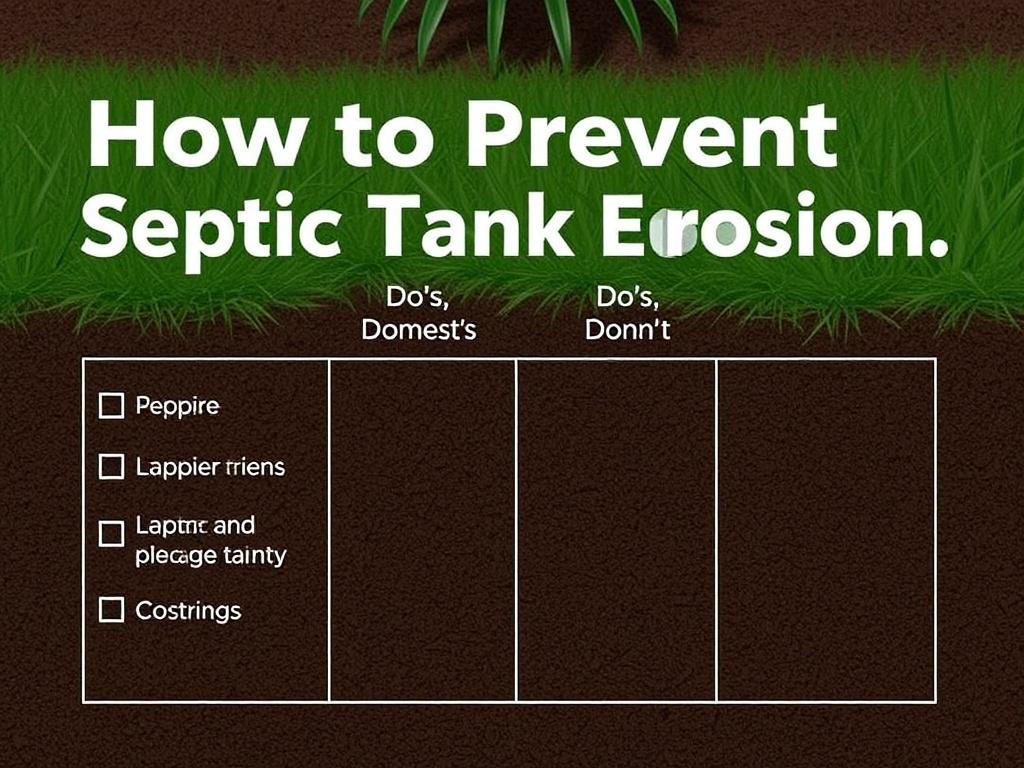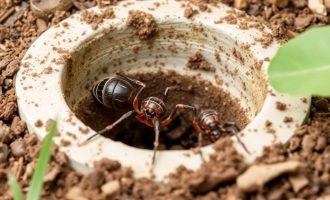Septic tanks are an essential part of many homes, especially those not connected to municipal sewer systems. These underground tanks handle wastewater from your household, breaking it down and safely dispersing effluent into the soil. However, one critical issue that homeowners often overlook is septic tank erosion. Erosion around or within your septic system can cause expensive damage, environmental hazards, and even health risks. Understanding how to prevent septic tank erosion is crucial to prolonging the life of your septic system and safeguarding your property.
In this article, we’ll dive deep into what septic tank erosion is, why it happens, and practical steps you can take to prevent it. We’ll discuss regular maintenance, soil considerations, and landscaping tips. By the end, you’ll be equipped with all the knowledge you need to protect your septic tank efficiently.
- What Is Septic Tank Erosion and Why Should You Care?
- Common Causes of Septic Tank Erosion
- 1. Poor Drainage and Surface Water Runoff
- 2. Improper Landscaping and Planting
- 3. Lack of Regular Maintenance
- 4. Soil Type and Weather Conditions
- How to Prevent Septic Tank Erosion: Practical Tips
- Regular Septic Tank Maintenance
- Ensure Proper Drainage Around Your Septic System
- Drainage Tips:
- Choose the Right Plants for Your Septic Area
- Planting Guidelines:
- Use Proper Soil and Cover Materials
- Soil Improvement Tips:
- Signs You May Have Septic Tank Erosion
- Best Practices for Long-Lasting Septic System Protection
- When to Call a Professional
- Innovative Solutions to Septic Tank Erosion
- Geotextiles and Erosion Control Fabrics
- Riprap and Gravel Layers
- Drain Field Expansion or Relocation
- Rainwater Harvesting Systems
- Summary Table: Do’s and Don’ts to Prevent Septic Tank Erosion
- Conclusion
What Is Septic Tank Erosion and Why Should You Care?
Septic tank erosion refers to the degradation or wearing away of the soil, protective barriers, or the septic system itself due to water movement or other environmental factors. This erosion can happen outside the tank—around its surroundings—or inside, affecting the tank walls and piping. When soil erodes near the septic system, it can expose the tank and its components to damage from shifting ground, roots, or surface water runoff.
Why does this matter? For one, erosion can lead to leaks and cracks in your septic tank, allowing harmful contaminants to seep into your community’s water supply. At worst, erosion can cause the septic tank to collapse, prompting costly repairs or replacement. Furthermore, an eroded drain field can become ineffective, resulting in wastewater surfacing or pooling — an unpleasant and unhealthy scenario.
Common Causes of Septic Tank Erosion

Understanding what causes septic tank erosion is essential before exploring how to prevent it. The primary causes are often environmental and maintenance-related:
1. Poor Drainage and Surface Water Runoff
Heavy rains and poor drainage solutions can direct excess water onto the septic system area. This water pressure loosens the surrounding soil, washing it away over time.
2. Improper Landscaping and Planting
Planting large trees or shrubs with invasive roots near the septic system can cause soil disturbance and physical damage to tank components.
3. Lack of Regular Maintenance
Failing to pump your septic tank regularly allows solids to build up and may cause backups or pipe blockages, indirectly promoting erosion.
4. Soil Type and Weather Conditions
Sandy or loose soils are more prone to erosion, especially in areas with heavy rainfall or flooding. Additionally, freeze-thaw cycles in colder climates can exacerbate soil movement.
How to Prevent Septic Tank Erosion: Practical Tips
Now that we understand what septic tank erosion is and why it happens, let’s explore detailed, actionable ways to prevent it. These tips combine good maintenance practices, smart landscaping, and understanding your soil’s needs.
Regular Septic Tank Maintenance
One of the most effective ways to prevent erosion is ensuring your septic system is well maintained. Regular pumping removes sludge buildup that can clog pipes and drain fields, lowering the risk of backups and soil saturation.
Use this simple maintenance checklist:
- Schedule septic tank pumping every 3-5 years, depending on usage
- Inspect the tank and drain field annually for signs of damage
- Fix leaks or cracks immediately to prevent wastewater leakage
- Keep detailed service records to track system health
Ensure Proper Drainage Around Your Septic System
Prevent water from pooling or running directly onto your septic area. Proper drainage management keeps excess water away, which helps reduce soil erosion.
Drainage Tips:
- Grade the land around your septic tank and drain field to slope away from the system
- Install gutters and downspouts to redirect roof water away
- Consider French drains or swales if your property is prone to heavy runoff
- Keep driveways and heavy traffic away from the septic area to avoid soil compaction
Choose the Right Plants for Your Septic Area
Landscaping can play a big role in preventing septic tank erosion. However, not all plants are safe to place near your system. Large trees and deep-rooted shrubs risk damaging the tank and pipes.
Planting Guidelines:
| Plant Type | Root Characteristics | Recommended Distance from Septic Tank Area |
|---|---|---|
| Grass and Ground Covers | Shallow roots, soil-holding | Yes, ideal to prevent soil erosion |
| Small Shrubs | Moderate root depth | At least 10 feet away |
| Large Trees (Maple, Oak, Pine) | Deep and invasive roots | Away from the septic area, preferably 20+ feet |
Planting grasses and shallow-rooted species can help keep soil in place while making the area visually appealing.
Use Proper Soil and Cover Materials
The soil around your septic system plays a significant role in preventing erosion. Dense, loamy soils are ideal for absorbing wastewater while holding the ground firmly.
If your soil is too sandy or prone to erosion, you might consider soil amendments or adding a layer of protective mulch or gravel on top of the drain field. This layer helps reduce direct impact from water or foot traffic that can loosen soil.
Soil Improvement Tips:
- Test your soil annually for composition and drainage capacity
- Add organic matter to improve soil structure if needed
- Use a turf reinforcement mat in areas with steep slopes
- Avoid compacting soil with heavy equipment in the septic vicinity
Signs You May Have Septic Tank Erosion
Detecting erosion early can save you from expensive repairs and environmental damage. Keep an eye out for these warning signs:
- Unusual pooling or soggy areas over the septic field
- Foul odors near the tank or drain field area
- Visible soil displacement, cracks, or depressions in the lawn
- Slow draining sinks or toilets inside your home
- Algae or excessive plant growth in nearby water bodies, indicating leaks
If these symptoms appear, contact a septic professional immediately to assess and address the issue.
Best Practices for Long-Lasting Septic System Protection
Combining all efforts into a comprehensive care plan will greatly reduce septic tank erosion risks. Here’s a quick overview of best practices:
| Action | Purpose | Frequency |
|---|---|---|
| Septic tank pumping | Remove solids and prevent backups | Every 3-5 years |
| Visual inspection | Detect cracks, leaks, erosion signs | Annually |
| Manage surface water | Reduce runoff onto system | After heavy rains/ongoing |
| Landscaping with proper plants | Protect soil and prevent root damage | At planting, ongoing care |
| Soil testing and improvement | Maintain soil stability | Every 2-3 years |
When to Call a Professional

While many measures can be done independently, septic systems are complex, and erosion damage can sometimes require expert help. You should call a septic professional if:
- You notice persistent wet spots or bad smells after rain
- Your septic system hasn’t been serviced in years
- You suspect cracks or physical damage to your tank
- There is visible soil subsidence or collapse near your tank
Professionals can perform in-depth inspections, repairs, or replacements as needed. They can also advise on more advanced erosion control measures like retaining walls or specialized soil treatments.
Innovative Solutions to Septic Tank Erosion
For environmentally conscious homeowners looking for additional protection, several innovative solutions exist:
Geotextiles and Erosion Control Fabrics
These breathable fabrics can be placed over drain fields to hold soil in place while allowing water flow.
Riprap and Gravel Layers
Adding layers of stone or gravel where water runoff is heavy protects soil from washing away.
Drain Field Expansion or Relocation
In severe erosion cases, extending or moving the drain field to more stable ground may be necessary.
Rainwater Harvesting Systems
By capturing rainwater using barrels or cisterns, you reduce the volume of surface water flowing toward your septic system.
Summary Table: Do’s and Don’ts to Prevent Septic Tank Erosion

| Do’s | Don’ts |
|---|---|
| Schedule regular septic pumping and inspections | Ignore early signs of erosion or pooling water |
| Maintain proper grading around your septic system | Allow surface water to drain toward the septic tank |
| Plant grass or shallow-rooted plants above the system | Plant trees or large shrubs near the septic area |
| Test and improve soil condition periodically | Drive heavy machinery over the septic tank and drain field |
| Address leaks and maintenance issues promptly | Delay professional consultations when problems arise |
Conclusion
Preventing septic tank erosion might not be the most glamorous home maintenance topic, but it is undoubtedly vital. A well-protected septic system not only saves you money on costly repairs but also ensures the safety of your family and the environment. By understanding the causes of septic tank erosion and implementing practical steps like regular maintenance, smart landscaping, proper drainage, and soil management, you can keep your septic system functioning smoothly for years. Remember, vigilance and proactive care are your best tools in preventing erosion and extending the life of your septic system. Whether you opt for simple lawn care or professional inspection, the effort you invest today will pay off in a cleaner, safer, and more reliable wastewater system tomorrow.
Помогла вам статья?






